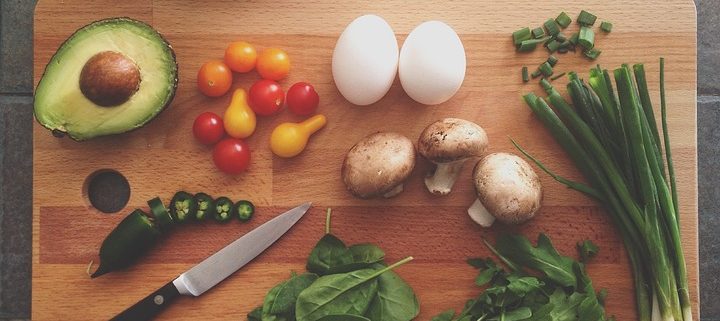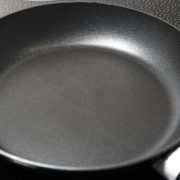How the evolution of blade design has shaped the knife world of today
Knives are a strange breed. Most people don’t really feel one way or another about them, but there is also the fact that some people love them while there are others who go out of their way to stay as far away from them as possible. Sure, the people in the latter group are not many, but in any case, it is interesting to witness to growth and popularity of knives right from the dawn of human civilisation to today. From the highest quality chef knives to intricately carved hunting knives, one can find a diverse array of knives to feast their eyes on.
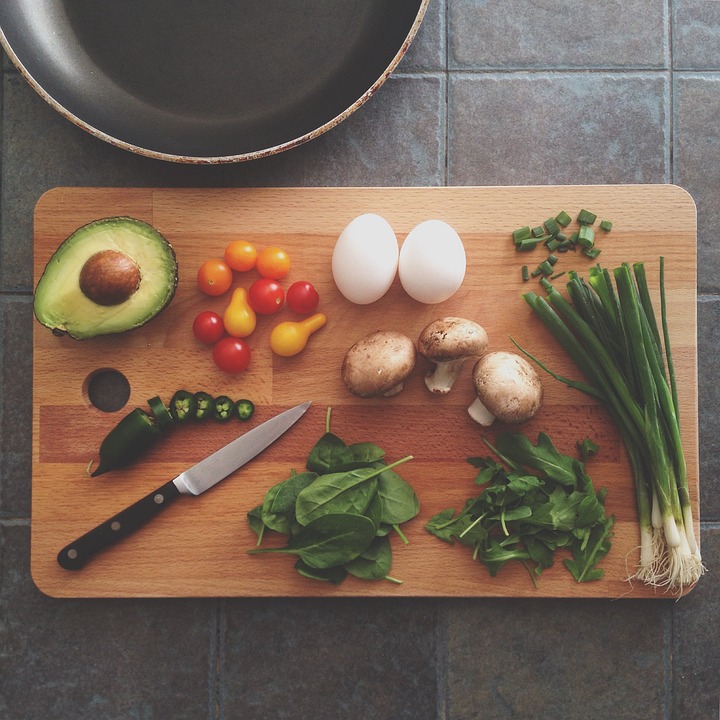
Interestingly, the word ‘knife’ has a Scandinavian connection with many experts believing that its origins lie in the Norse word “knifr” which describes a blade. This reaffirms the fact that when it comes to supreme blade construction of the highest quality and most devastating impact, the Vikings and various other Nordic tribes were light years ahead of the competition.
The historical aspect
Enough studies have revealed that the first knives were used as tools as long as 2.5 million years ago. With the emergence of different sub-species of early man such as Homo Erectus and the like, most historians agree on the Oldowan site being one of the oldest-known stone tool industries. The sheer number of tools, daggers and knives still lying at the site is a testament to that fact.
Chopper was the name of the oldest tool that had flakes removed to create a sharp edge comprised of stone cores which was mainly used for butchering animals and cutting plants. In this regard, the three primary aspects of human survival which involved the usage of knives are shelter construction, combat, and food preparation. Of course, things changed with the dawn of metal discovery and the creation of alloys several centuries later. First was bronze, followed by iron and steel. In Medieval Europe, single and double-bladed knives of many shapes and sizes emerged.
How knives have played a role in our culture
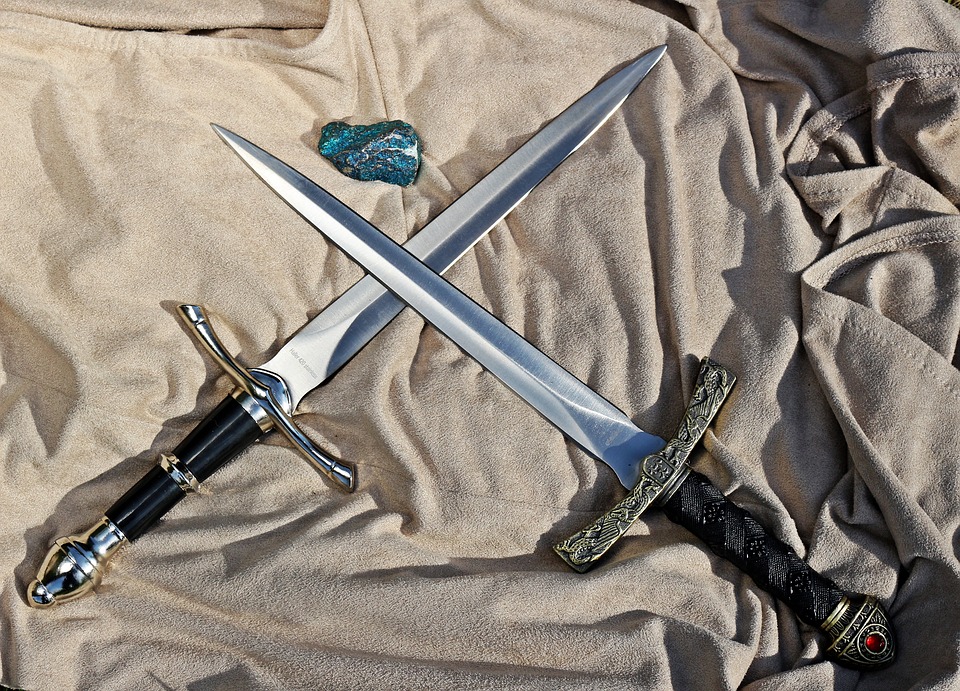
In both religious and spiritual ceremonies alike, knives have played a vital part at some stage or the other. The moment the different kinds of metal and alloys reached a certain level of mastery, different types of embellishments and designs became popular. Knives became much more than just a set of primitive weapons. Rather they came to be looked at as important symbols of not just power, but honour, wealth and sophistication. Apart from the monarchy, even the warrior and merchant class carried all kinds of forged swords and knives.
In the case of early knives, the main aspect was a fixed blade with a longer lasting tang due to the lack of movable parts. Even folding knives became popular later on and today, the sheath (fixed blade) knife is primarily used in kitchens while people prefer the folding knife for an array of outdoor activities like hunting and camping.
The Japanese connection
Japan is one of the few standalone examples of the highest level of sword craftsmanship mainly because blades are an integral part of its culture. Apart from that fact, the crafting of swords is an extremely detailed process that plays an integral part in giving Japanese blades the exceptional quality that sets them a notch above the rest. Anyone who has studied Japanese history partially will know exactly what I am talking about.
To illustrate further, Japan is one such place which has many different knife shapes to offer. They are Deba, Usuba and Yanagiba and each of them has been designed for a very specific cutting application.
Knives in the modern era
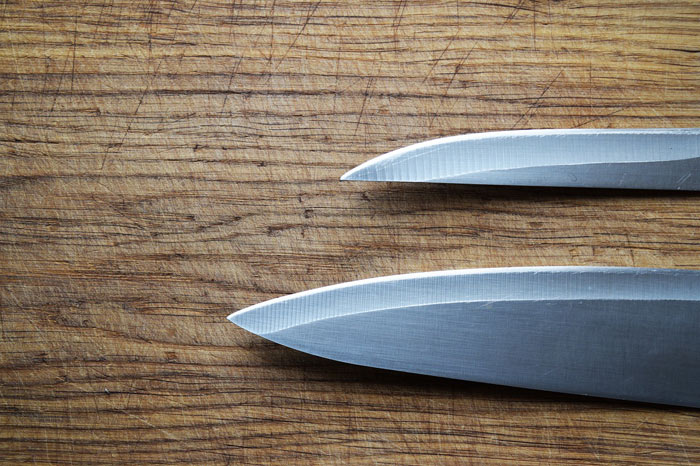
Unlike the scenario of the past, you will find that knives are made from a wide range of different materials such as iron, steel, bronze, titanium, and copper. Of late, even ceramics have been used. The most common aspect is that all of them have either a fixed-blade or folding construction. A notable mention in the realm of modern knives is the bushcraft knife, which embodies versatility and craftsmanship, designed for a range of outdoor tasks while connecting enthusiasts to ancient traditions and a vibrant community. For many, it represents a blend of functional excellence and an appreciation for the outdoors, making it a crucial tool and symbol of self-reliance. Apart from the evolution of styles and blade patterns in knives over the years, the interesting point to note is that many people are buying them for aesthetic purposes, making their functionality a secondary priority.
Ultimately, the knife manufacturers of today should keep the best aspects of history in mind during the process of crafting future knife designs. The key elements are all in place, so perhaps the ways to look at each individual element can be utilised in a unique way to pave the way for more quality knife construction in the future.
About the author
Having been on the Perkin Knives team for several years as a marketing executive, Billy has been part of a great many top-of-the-line projects. Not only has he personally contributed to the service in every way, but he also happens to be one of the most revered members of Perkin Knives.

